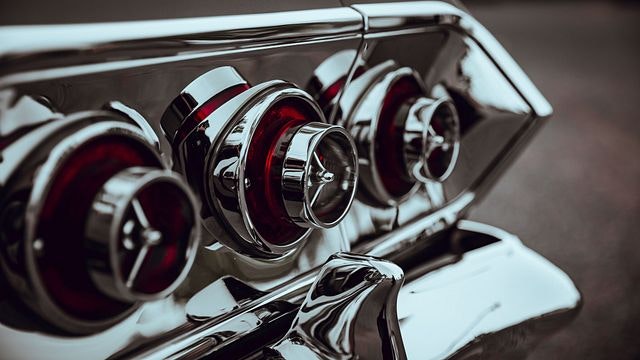All prices shown here are representative of stock condition vehicles only and based on various data sources, as detailed in About Our Prices. Value adjustments for optional equipment are in U.S. dollars. More information on how forecast models are calculated can be found on Forecasted Values page. For additional information and a complete description of benefits, visit hagerty.CA/legal. Purchase of insurance not required for membership in HDC. Hagerty, Hagerty Valuation Tools & Hagerty Drivers Club are registered trademarks of the Hagerty Group LLC, ©2025 The Hagerty Group, LLC. All Rights Reserved.
Select the Chevrolet Impala model year you want to research current market prices for
While not as flashy as the Chevy Camaro or the Corvette, the Chevrolet Impala has had a major impact on American automobiles across a lifespan that’s lasted six decades and ten generations (with a little downtime in the ’80s and ’90s). This popular model was launched in 1958 with its distinctive triple rear light array, which quickly transformed into a brief but memorable “bat wing” tail lights and rear end.
In 1961 Chevy introduced the beefed-up Super Sport version — the Impala SS — which included the big-block 409 engine (immortalized in song by the Beach Boys) as an option. A redesign in 1963 streamlined it into a less flashy, boxier shape; collectors prize the 1964 Impala most of all out of this generation. The mid-late ’60s saw Impala hit its true stride amongst buyers, with the Impala eventually selling a record-setting million cars a year. Chevy also introduced the Caprice version as a luxury trim option to the Impala, splitting it off into its own line of vehicles shortly thereafter.
The Impala actually came through the oil-embargo era pretty well; it remained popular throughout the decade with the 1971 B-Body version earning distinction as the largest car Chevy ever built, while a 1977 redesign earned the Caprice version of the Impala the “Car of the Year” award from Motor Trend. Chevy sidelined Impala in 1985, and briefly revived the Impala SS model in 1994-1996 with a sought-after, stylish, powerful update to the Caprice Classic.
The modern Impala was revived in 2000 and remained in production for two decades. It was usually a full-size sedan (sometimes mid-size depending on the year) that’s perhaps most recognizable as a police vehicle — Chevy offered multiple police-specific performance packages for the Impala across a number of generations. The final Impala edition, launched in 2014, shared the same platform as the Cadillac XTS and was largely differentiated by varying trim levels and technological updates until the Impala Era ended (again) in 2020.
